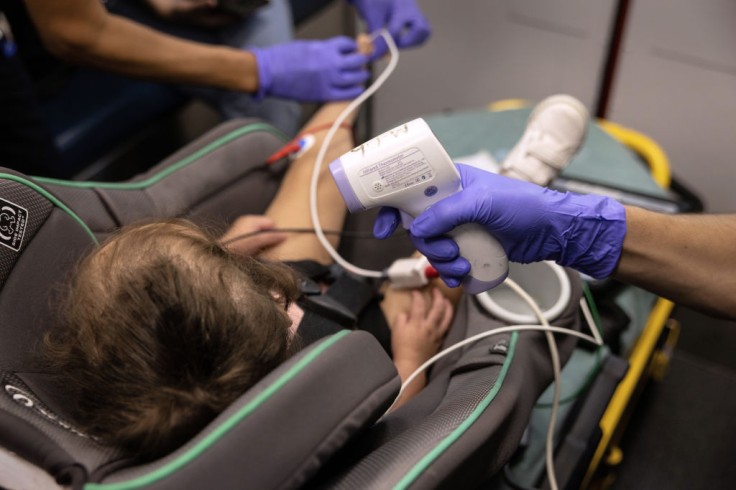
Tragedy struck in Nevada this week as a 2-year-old boy from Lincoln County lost his life to a rare and deadly infection caused by Naegleria fowleri, commonly known as a brain-eating amoeba.
State health officials, along with the child's mother, confirmed the heartbreaking news. The U.S. Centers for Disease Control and Prevention (CDC) verified Naegleria fowleri as the culprit behind the young boy's illness, leading to his untimely demise.
Authorities suspect the infection may have been contracted at Ash Springs, a natural hot spring in the county, raising concerns about the potential risks of warm freshwater environments.
Health Officials Confirm Naegleria Fowleri Infection
According to People, the Nevada Division of Public and Behavioral Health released an official statement on Thursday confirming that the 2-year-old boy's tragic death resulted from a Naegleria fowleri infection.
This microscopic, single-celled amoeba naturally occurs in soil and warm freshwater habitats such as lakes, rivers, and hot springs. When it enters the human body through the nose and reaches the brain, it can cause a severe and almost always fatal condition known as primary amebic meningoencephalitis (PAM).
Sadly, the infection claimed the life of young Woodrow Turner Bundy, sparking concerns among health officials and the local community.
A Mother's Account of Her Son's Battle
As per NBC News, the grieving mother, Briana Bundy, shared her heart-wrenching experience on social media, describing her son Woodrow's courageous fight against the amoeba. Woodrow's illness lasted for seven agonizing days before he passed away.
In a heartfelt tribute on the Facebook page "Rainbows for Raynie," she expressed her profound gratitude for the precious time she had with her "goodest baby boy on earth."
Despite the devastating loss, Briana found solace in the belief that she would be reunited with Woodrow in heaven someday.
The obituary of young Woodrow painted a vivid picture of his vibrant and joyful life. He was known for his love of animals, particularly chickens, rabbits, cows, and elk, captivating everyone with his exuberant spirit.
Described as living life aggressively, Woodrow found wonder in the beauty of nature and cherished every moment with his adoring family.
His infectious love for life touched those around him and left an indelible mark on the hearts of all who knew him.
Understanding Naegleria Fowleri and Its Prevalence
Naegleria fowleri infections are exceedingly rare, but they pose a significant threat to those exposed to warm freshwater environments during the summer months.
According to the Nevada Government, the amoeba thrives in such conditions, making it crucial for recreational water users to be aware of the risks associated with these bodies of water.
The amoeba enters the body through the nasal passages, making its way to the brain. It is important to note that this infection is not transmissible from one person to another.
The infection caused by Naegleria fowleri typically manifests with initial symptoms such as a severe headache, fever, nausea, and vomiting.
As the infection progresses, more severe symptoms may develop, including a stiff neck, seizures, and coma, which can ultimately lead to a fatal outcome.
Health authorities emphasized that there is no practical means of eliminating the amoeba from natural freshwater habitats.
The CDC reported that since 1962, only four out of 157 individuals infected with Naegleria fowleri in the United States have survived the infection, underscoring its alarming fatality rate.
While the amoeba is not transmitted from person to person, the infection can occur through activities involving warm freshwater, such as diving or jumping into bodies of water.